Rules for submission
The RCA receives unpublished and original contributions in spanish that contribute to the advancement of anthropological knowledge or related social sciences. Manuscripts submitted should not be in the process of being evaluated or have editorial commitments with any other publication. Manuscripts must be in Spanish and sent on the dates stipulated by each call.
Texts must meet the following criteria:
Categories
- Scientific research article: presents in a clear and detailed manner original results of research projects.
- Reflection article: presents results of completed research from an analytical, interpretative, or critical perspective by the autor on a specific topic, using original sources.
- Review article: document resulting from a completed research where results of published or unpublished research are analyzed, systematized, and integrated in order to account for advances and development trends in anthropology. This type of contribution is characterized by careful and thorough bibliographical review.
- Short article: brief document that presents original preliminary or partial research results.
- Case report: presents the results of a study on a particular situation in order to divulge the technical and methodological experiences considered in a specific case. It includes an annotated systematic review of the literature on similar cases.
- Bibliographic review: contribution that presents and comments critically a book relevant to anthropological discipline or the social and human sciences. It should provide a descriptive summary of the content of the brief, objectives, core arguments or perspective. The author of the review should also offer a commentary on the contribution of the work or its relevance to understand a problem or subject of academic or public interest.
Original
The text must be submitted as a Word file (.doc or .docx), and in Times New Roman 12 point, double spaced, on letter size paper 21,5 x 28 cm, with left and right margins of 2.5 cm and top and bottom 3 cm.
Manuscripts must be a maximum length of 9,000 words, including footnotes and bibliography. All pages should be numbered consecutively, starting with the first.
The first page should include the title of the article, abstract (150 words max.) and keywords (six keywords max.) in Spanish, English and Portuguese languages. The manuscript must be completely anonymous.
Author's name, email address, and a brief note on studies and institutional affiliation (maximum 3 lines) must be sent in a separate document.
Acronyms
The first time an acronym or abbreviation is used, it must be enclosed in parentheses after the complete formula, the following times will use only the acronym or abbreviation.
Graphic material
All maps, illustrations, photographs, pictures or images in the document must be sent individually in a digital file (TIFF or JPG format) with a minimum resolution of 300 DPI (dots per inch) and a size of 16.5 cm by 23.5 cm. Graphs that are the result of statistical data or measurements should be sent only in Excel format, and all text displayed on them should be editable. The source of each image, graphic or map should be clearly indicated. Reproduction rights must be provided by the author of the article, when necessary.
Footnotes
Footnotes comment, complement or deepen important information of the text. They should not be bibliographical notes or exceed ten lines.
Quotations
Quotations of more than four lines or requiring special emphasis must be placed in a separate paragraph indented on the left. Those included within the text should be in quotes.
Citations will be made in the text, according to University of Chicago style (The Chicago Manual of Style), 16th edition (www.chicagomanualofstyle.org). They include the author's name, year and-if necessary the number or page numbers, as follows: (Rodríguez 1978, 424-427). If the quoted text has two authors, surnames must be separated with y: (López y Arango 1970, 33); if citing a document written by three authors, the three names are written: (Sánchez, Martínez y Ortíz); if four or more authors, write the surname of the first followed by et al. (Finch et al. 1993). If more than two works by the same author in the same year are included, letters are added to the year in alphabetical order, beginning with a: (Díaz 1998a, 1998b). If, within the same parentheses, works of several authors are cited, these must be arranged in alphabetical order and separated by semicolons: (López y Arango 1970, 33; Rodríguez 1978, Uribe et al. 1997).
References
References are restricted to those cited in the manuscript. They should be included at the end of all articles in strict alphabetical order and according to the rules of the University of Chicago stylebook. DOI should be included when available. Here are some examples.
Books
Aisenson, Aida. 1989. Corporalidad y persona. México: Fondo de Cultura Económica.
Bonfil, Guillermo, comp. 1976a. Etnocidio y desarrollo en América Latina. México: Flacso.
__. 1976b. México profundo. México, D. F.: Grijalbo.
Colombia, Ministerio del Interior. 1998. Situación actual de los indígenas colombianos. Bogotá: Ministerio del Interior.
Gifford, Douglas y Pauline Hogarth. 1976. Carnival and Coca Leaf: Some Traditions of the Peruvian Quechua Ayllu. Nueva York: St. Martin´s Press.
Lévinas, Emmanuel. 1994. Dios, la muerte y el tiempo, 2.ª ed. Madrid: Cátedra.
Matienzo, Juan de. 1567/1967. Gobierno del Perú. Lima: Institut Français d´ Études Andines.
Meneses, Lino y Gladys Gordones, eds. 2001. La arqueología venezolana en el nuevo milenio. Mérida: Universidad de los Andes.
Sanoja, Mario, César Bencomo y Tomás Aguila. 1996. La microhistoria del bajo Caroní. Informe final. Ciudad Guayana: Edelca.
Uribe, Carlos, Jimena Rojas, Alberto Cuenca, Patricia Sevilla, Óscar Quintero, Andrés Hernández, Cecilia Salgar, Teresa Loayza y René Cuestas. 2008. Proyecto investigativo para la Ruta de la Marimba. Cali: Fundación Valle
Book chapters and sections
Chaumeil, Jean-Pierre. 1991. "El poder vegetal". En Rituales y fiestas de las Américas, editado por Elizabeth Reichel, 246-253. Bogotá: Universidad de los Andes.
Ranere, Anthony y Richard Cooke. 1996. "Stone Tools and Cultural Boundaries in Prehistoric Panamá: An Initial Assessment". En Paths to Central America Prehistory, editado por Fred Lange, 49-78. Boulder: University of Colorado Press.
Journal articles and periodicals
Bjorkdale, Annika y Kristine Hoglund. 2013. "Precarious peacebuilding:Friction in Global-Local Encounters". Peacebuilding 1 (3): 289-299. DOI:10.1080/21647259.2013.813170
O´Neill, Molly. 1998. "Food". New York Times Magazine, 18 de octubre, p. 8.
Mora, Ana Sabrina. 2009. "El cuerpo investigador, el cuerpo investigado. Una aproximación fenomenológica a la experiencia del puerperio". Revista Colombiana de Antropología 45 (1). En prensa.
Paper presented in academic events
González, Ómar. 2004. "Relaciones lingüísticas entre los idiomas andinos originarios y los de las tierras bajas (lenguas arawakas y otras familias)". Ponencia presentada en el Coloquio Relaciones Prehispánicas en la Región Andina, Museo de Bellas Artes, Caracas, 4-6 de mayo.
Theses
Hardy, Ellen. 1992. "The Mortuary Behavior of Guanacaste-Nicoya: An Analysis of Precolumbian Social Structure". Tesis doctoral, Department of Anthropology, University of California, Los Ángeles.
Valerio, Wilson. 1987. "Análisis funcional y estratigráfico de Sf-9 (Carabalí), un abrigo rocoso en la región central de Panamá". Tesis de licenciatura, Facultad de Ciencias Sociales, Universidad de Costa Rica, San José.
Electronic sources
Oxfam International. 2011. "Tratado Internacional sobre el Comercio de Armas: preguntas y respuestas". Consultado el 30 de octubre de 2011. http://oxf.am/Zaw.
Poston, Ted. 2010. "Foundationalism". Internet Encyclopedia of Philosophy. Consultado el 2 de julio de 2011. http://www.iep.utm.edu/found-ep/.
Moreno Leguizamón, Carlos. 2006. "Salud-enfermedad y cuerpo-mente en la medicina ayurvédica de la India y en la biomedicina contemporánea". Antípoda 3: 91-121. Consultado el 3 de noviembre de 2010. http://antipoda.uniandes.edu.co/index.php#12.
Palacios, Marco y Frank Safford. 2002. Colombia. País fragmentado, sociedad dividida: su historia. Bogotá: Norma. Consultado el 11 de marzo de 2008. http://books.google.com/books?id=ETh7T9ax6ekC&pg=PA397&dq=colombia:paisfragmentado&hl=es&sig=T33WYppQDXLvK4akLIrfjmGfthM#PPP1,M1
Contributions must be sent via the Open Journal Systems (OJS): https://revistas.icanh.gov.co/index.php/rca



















